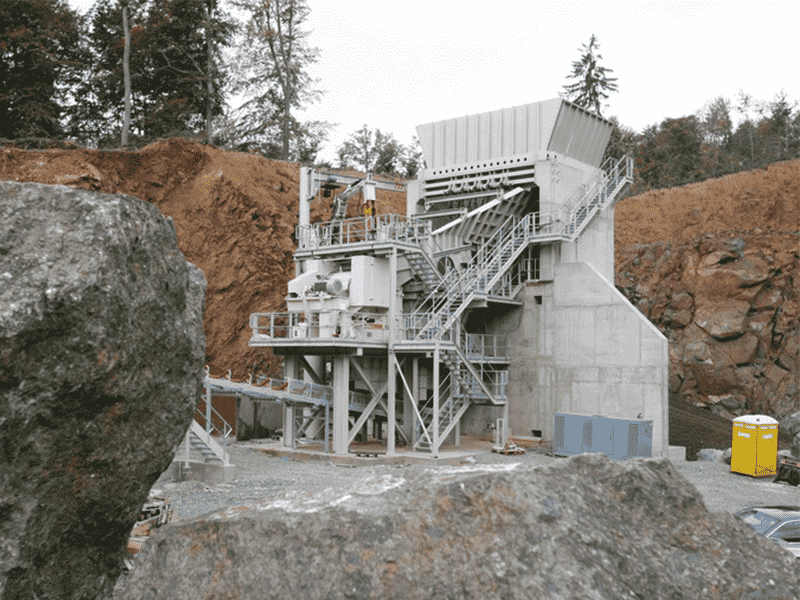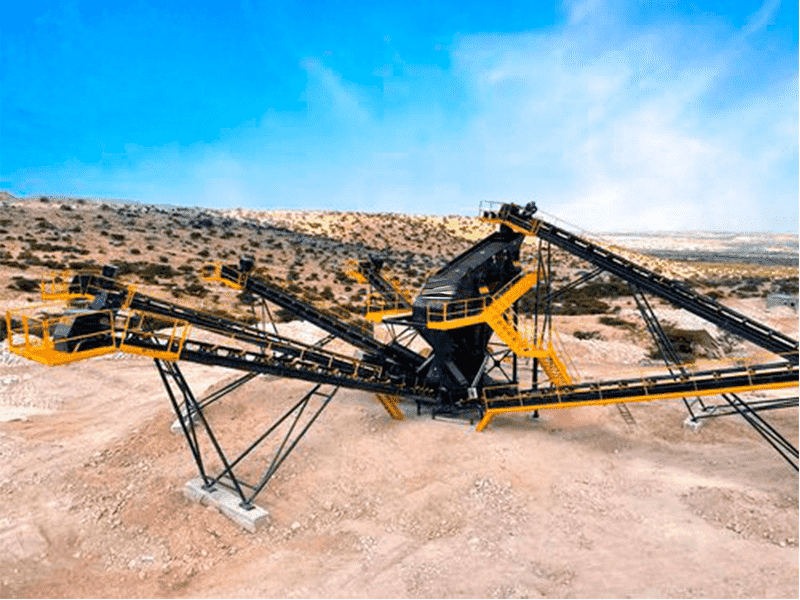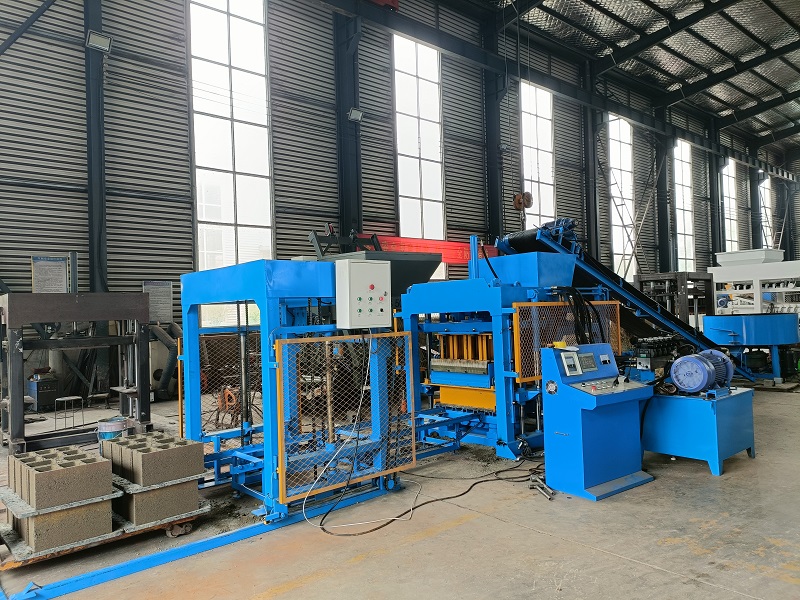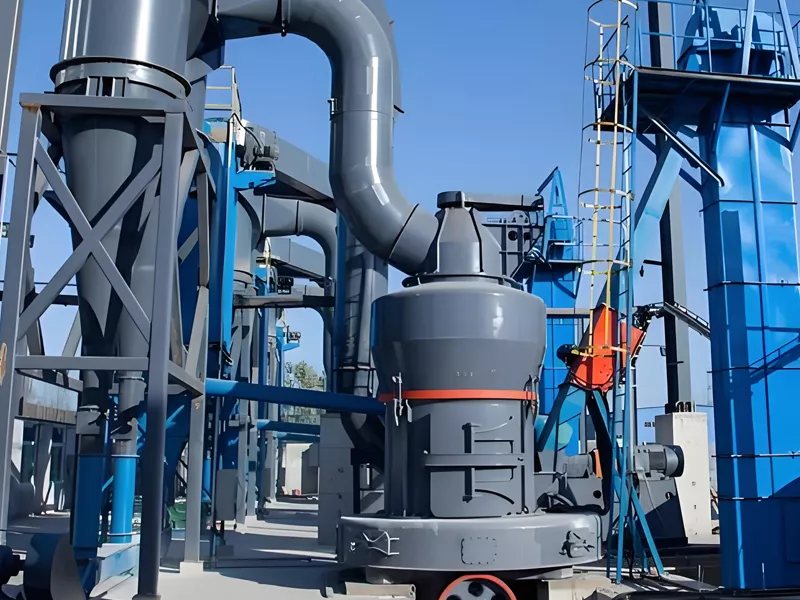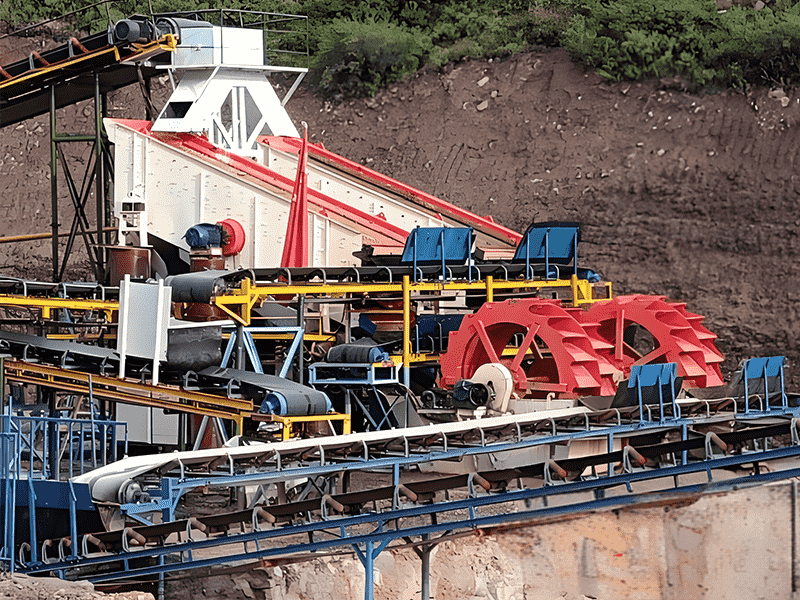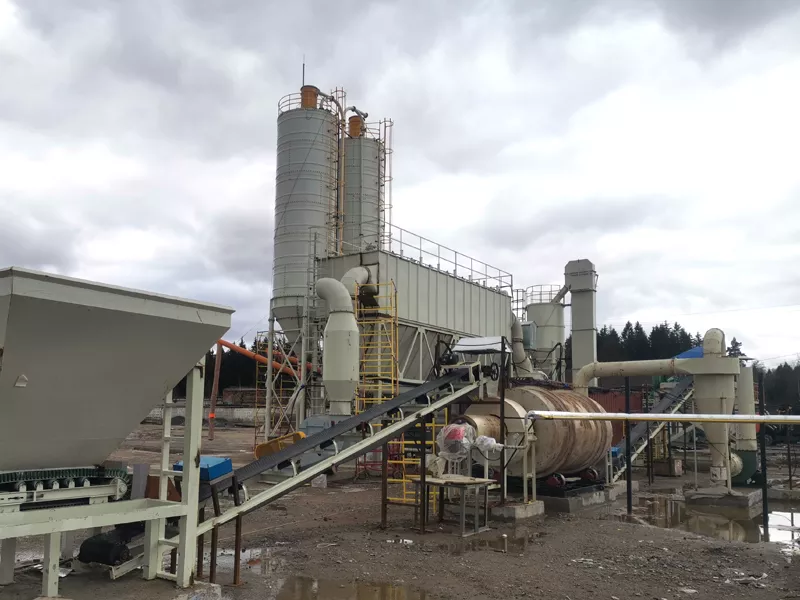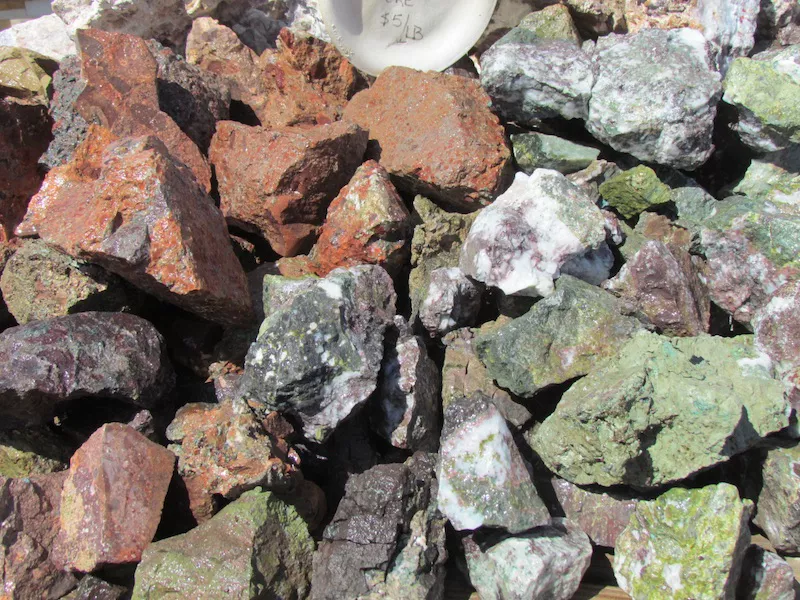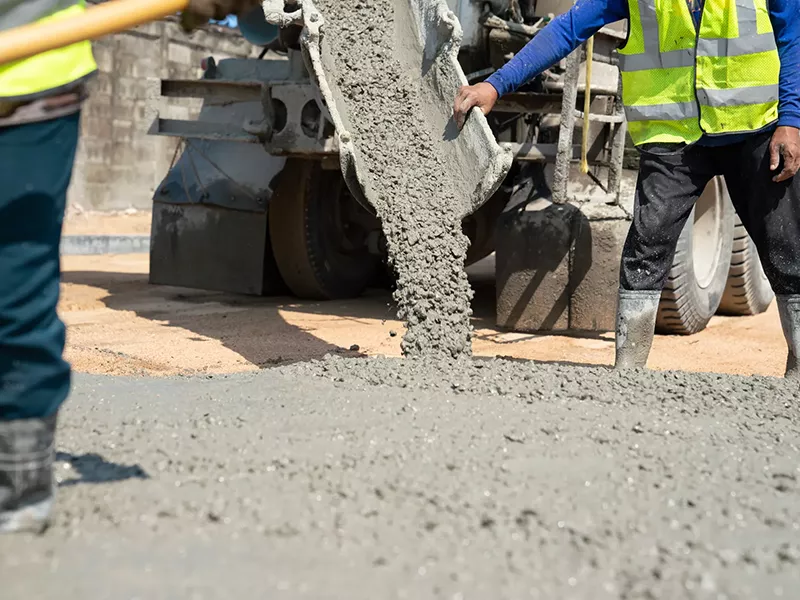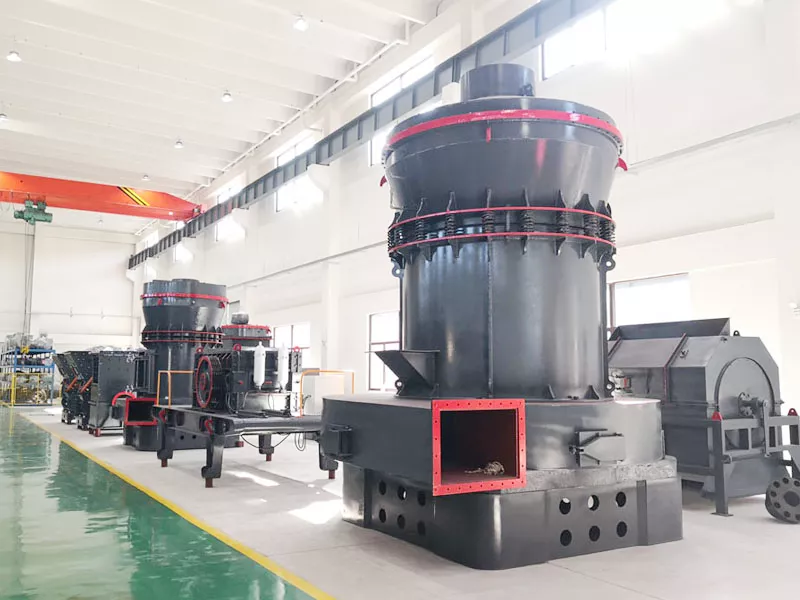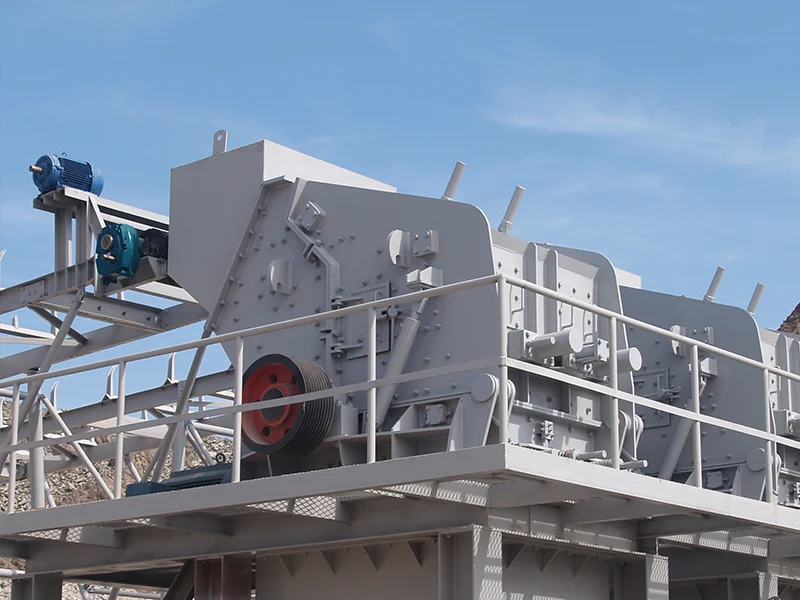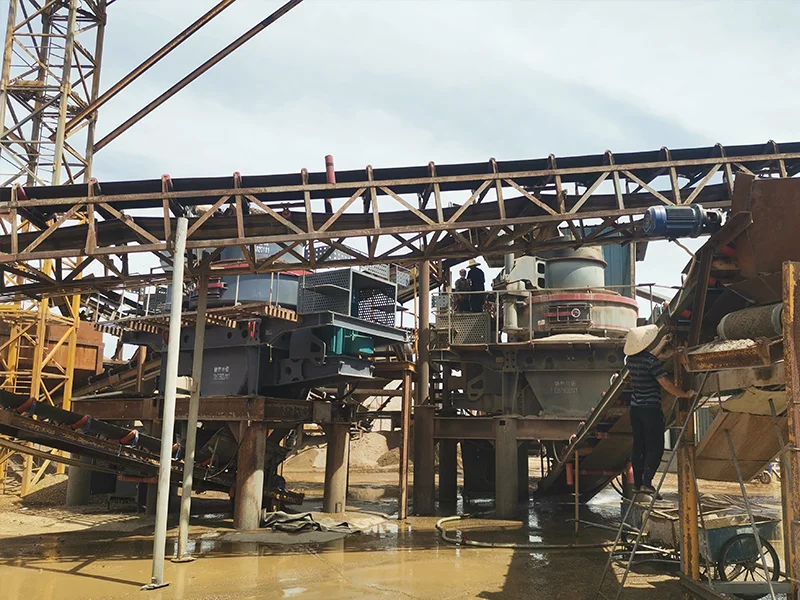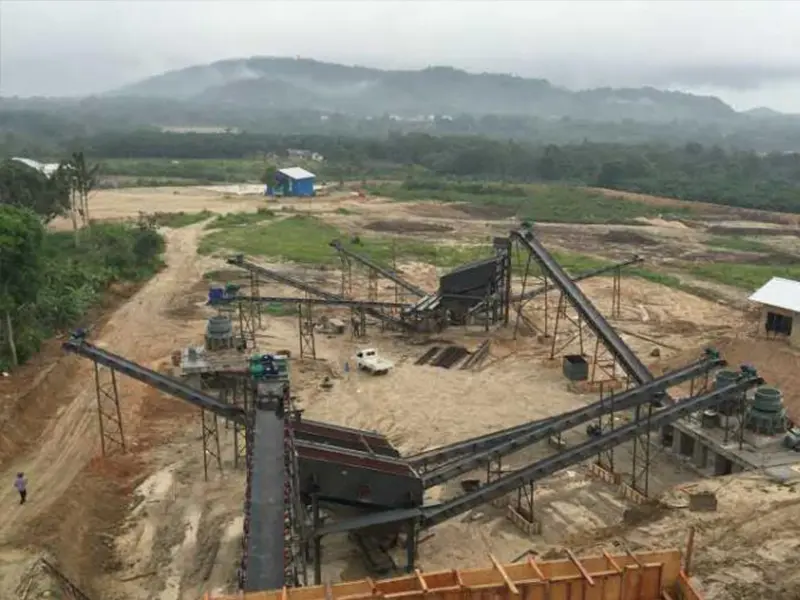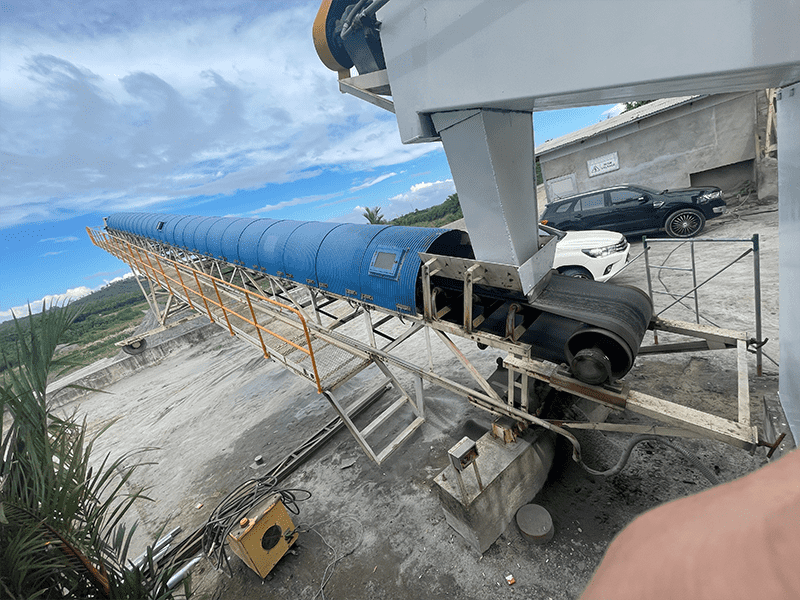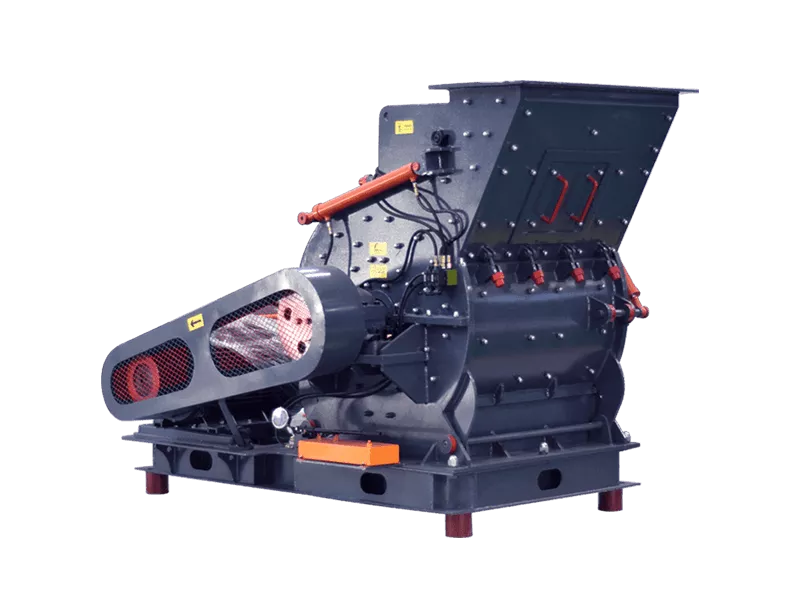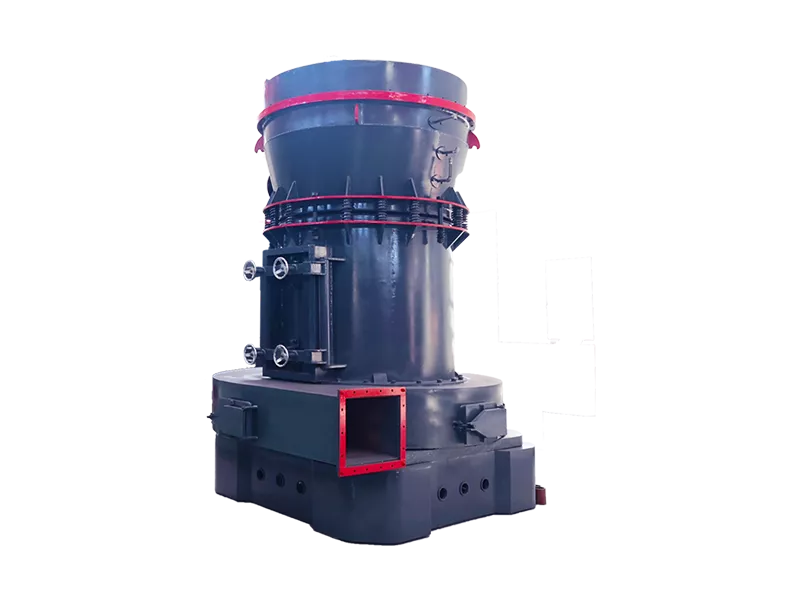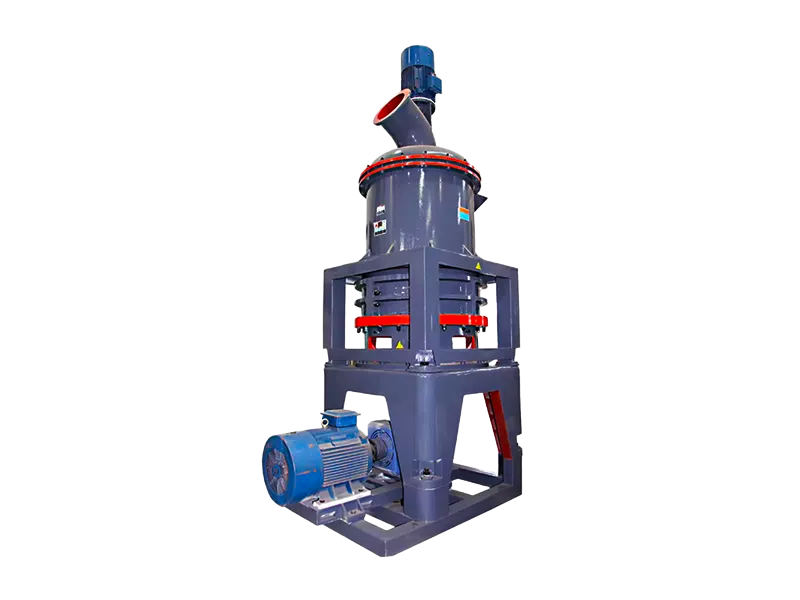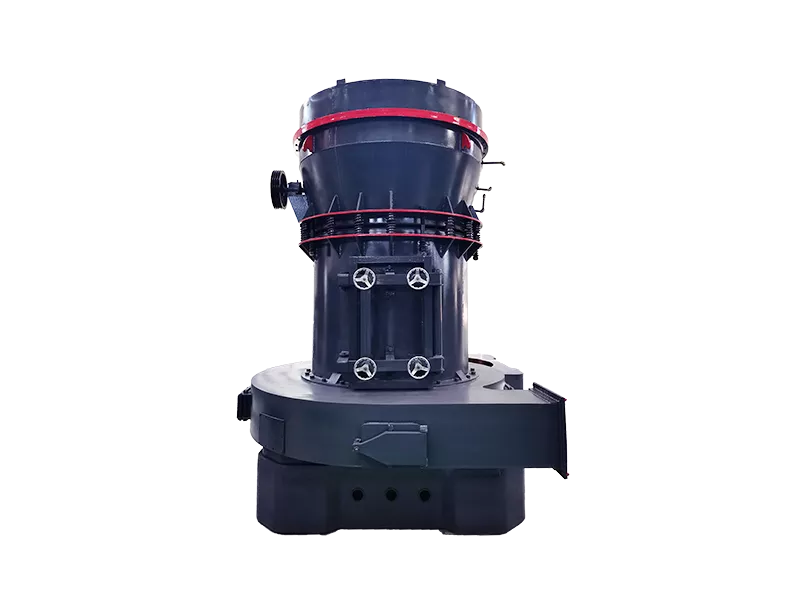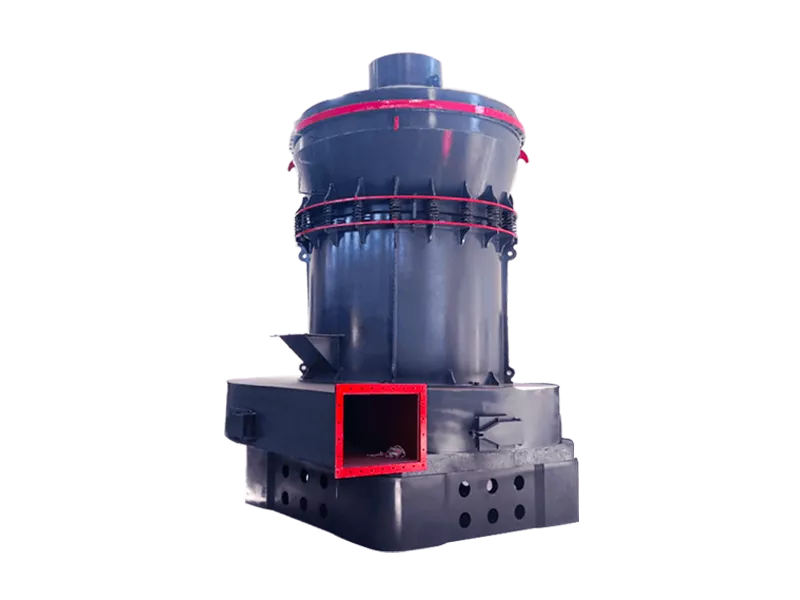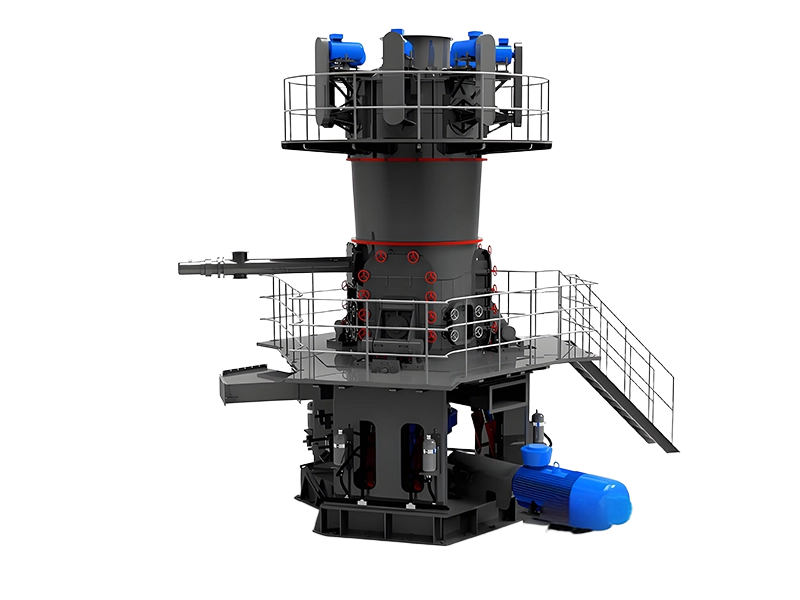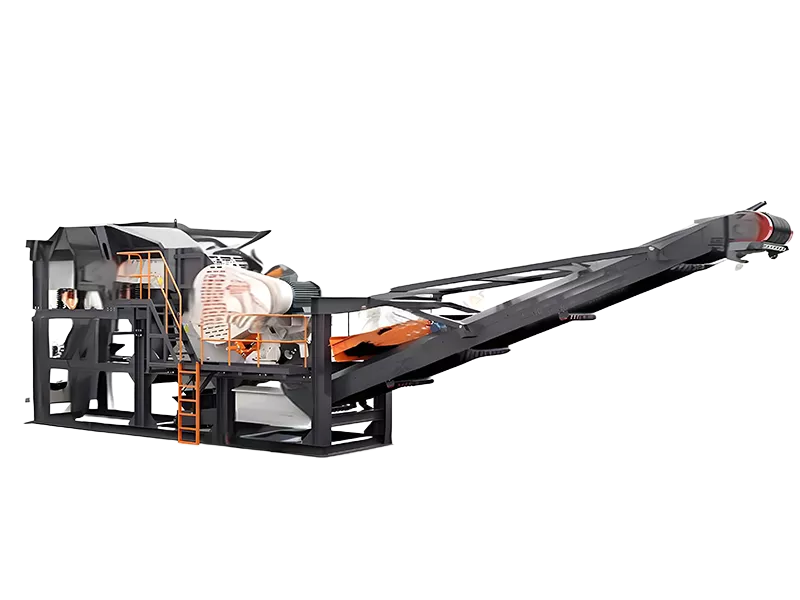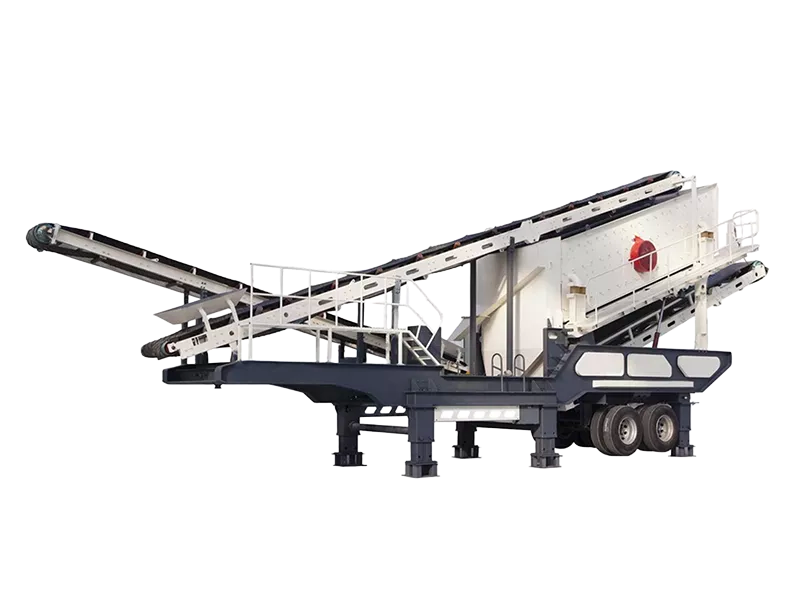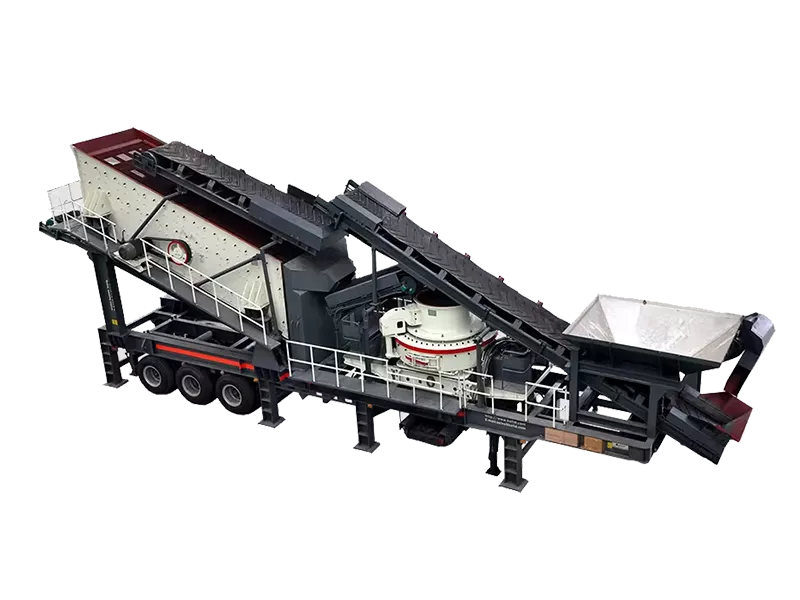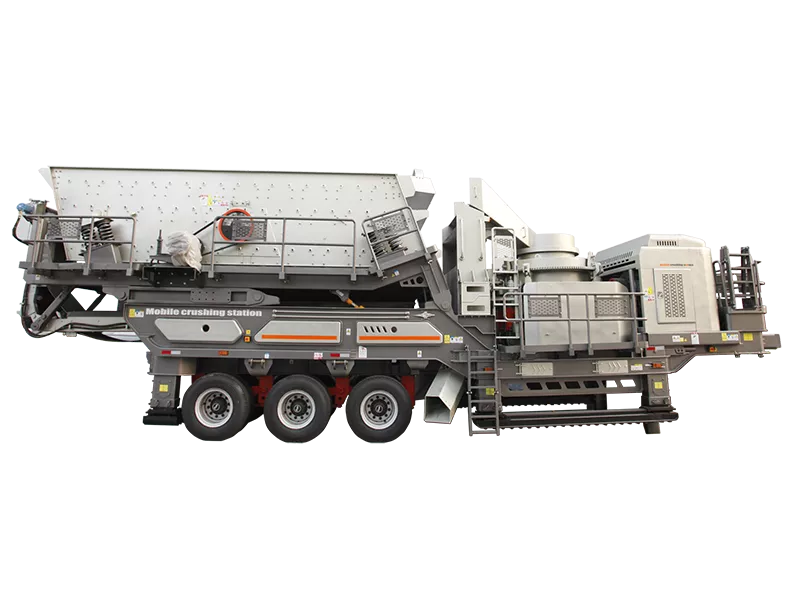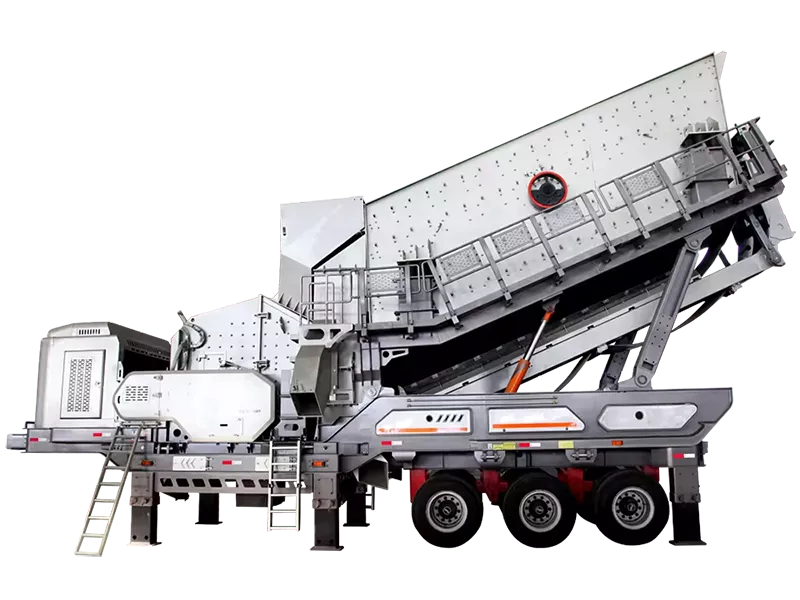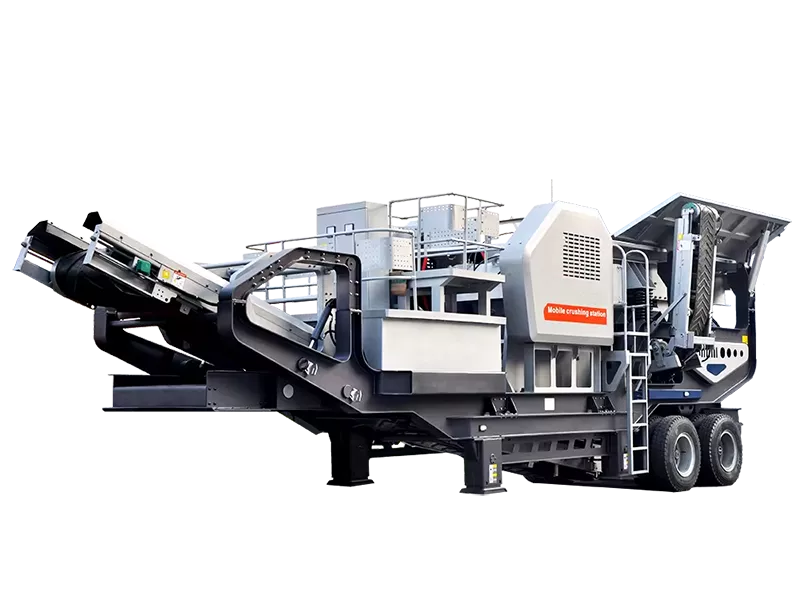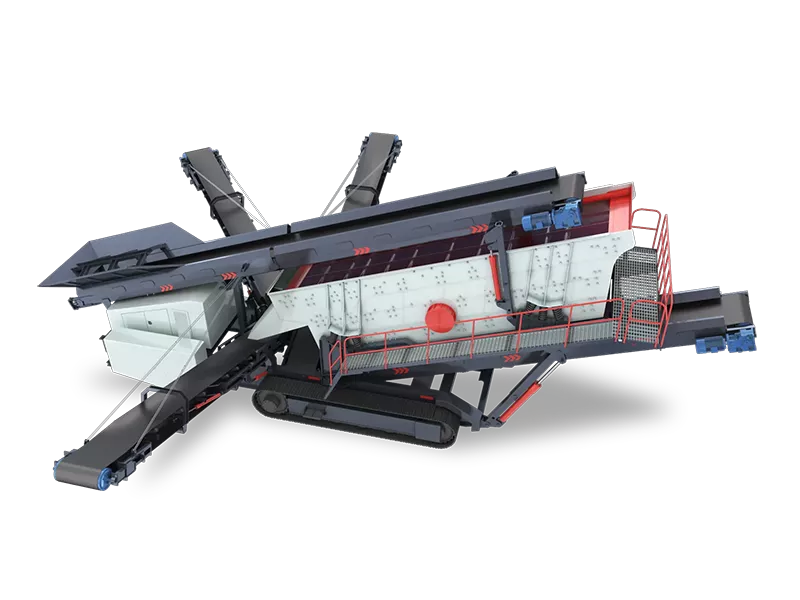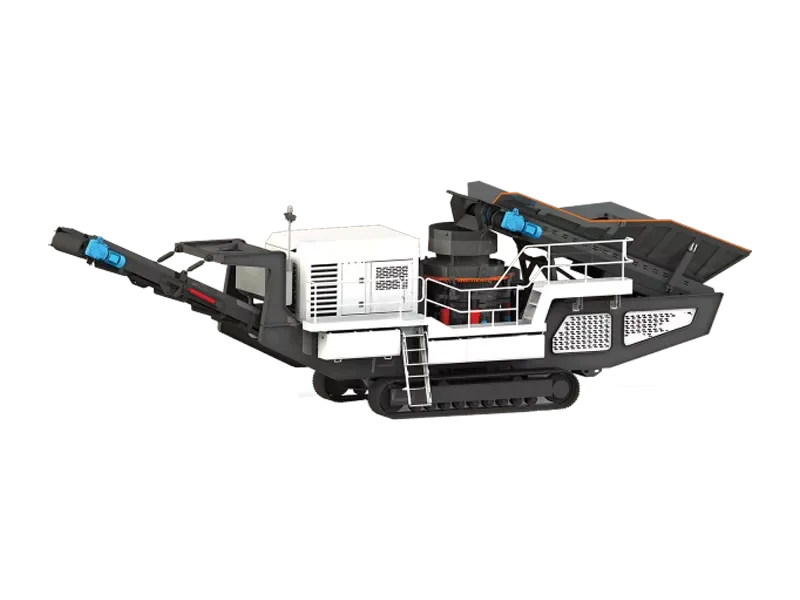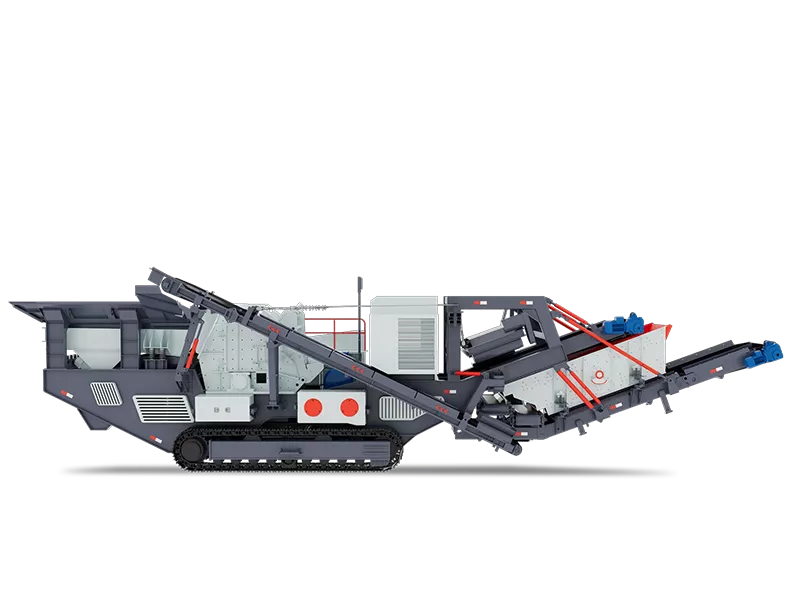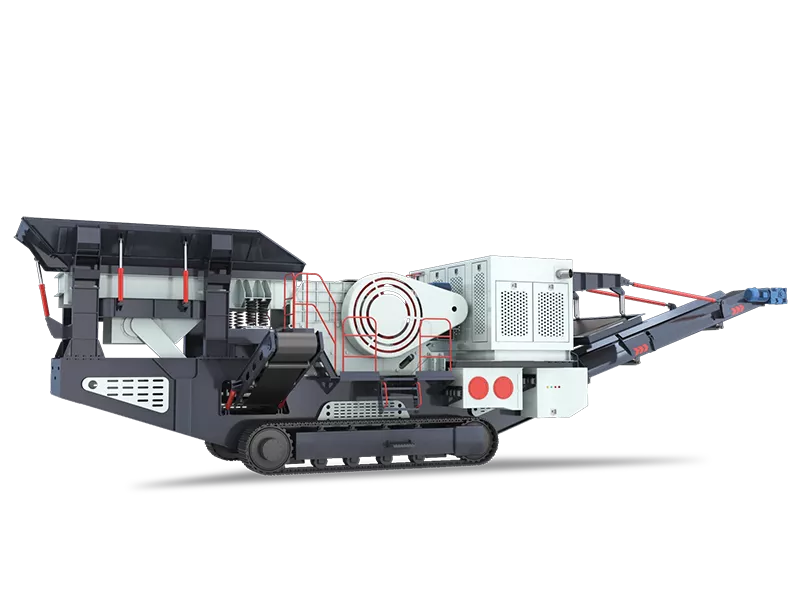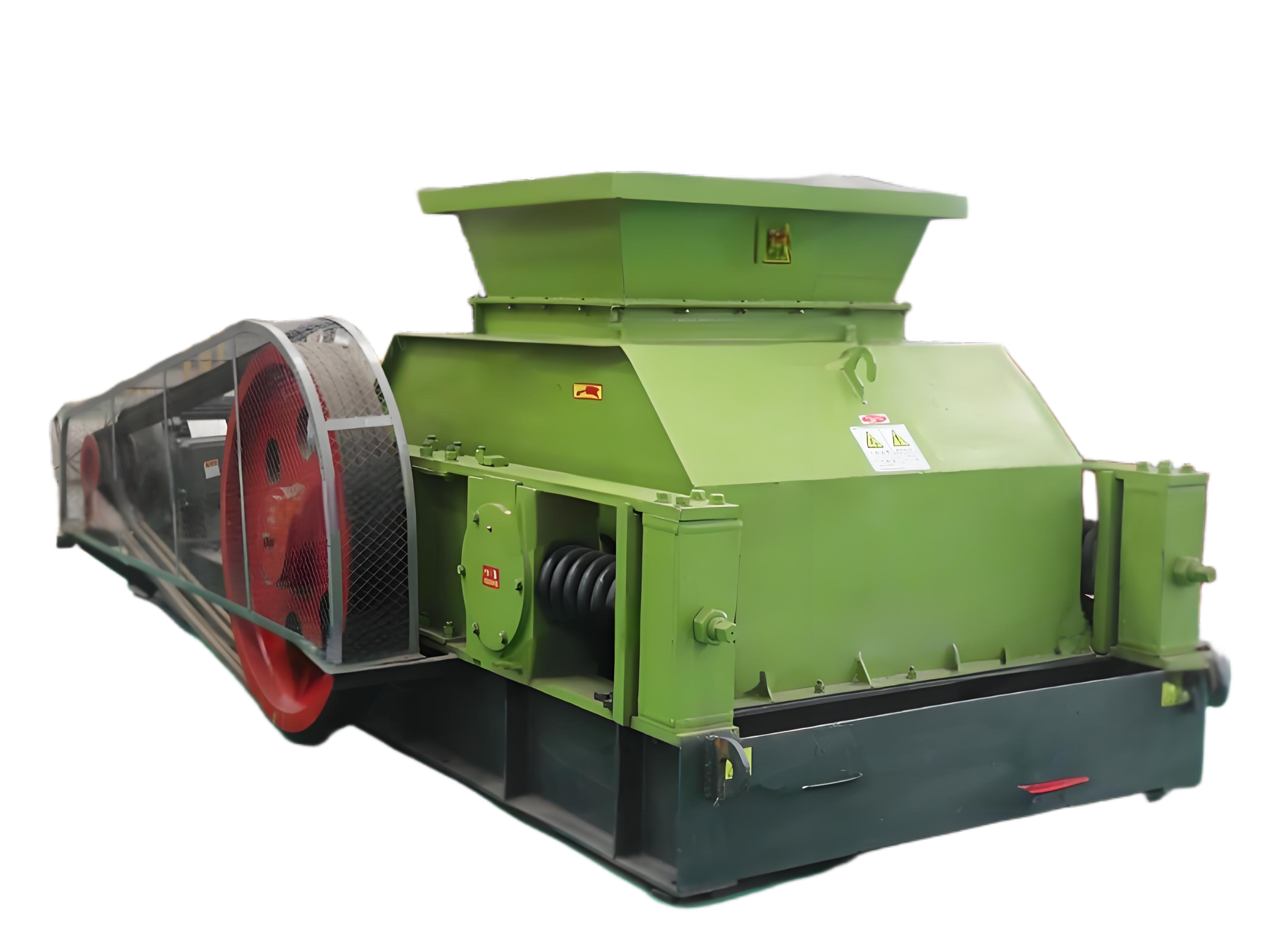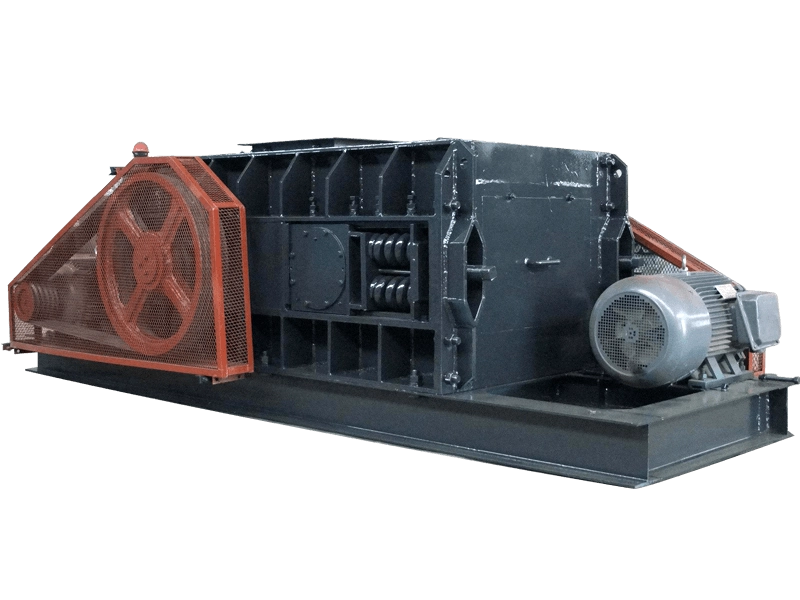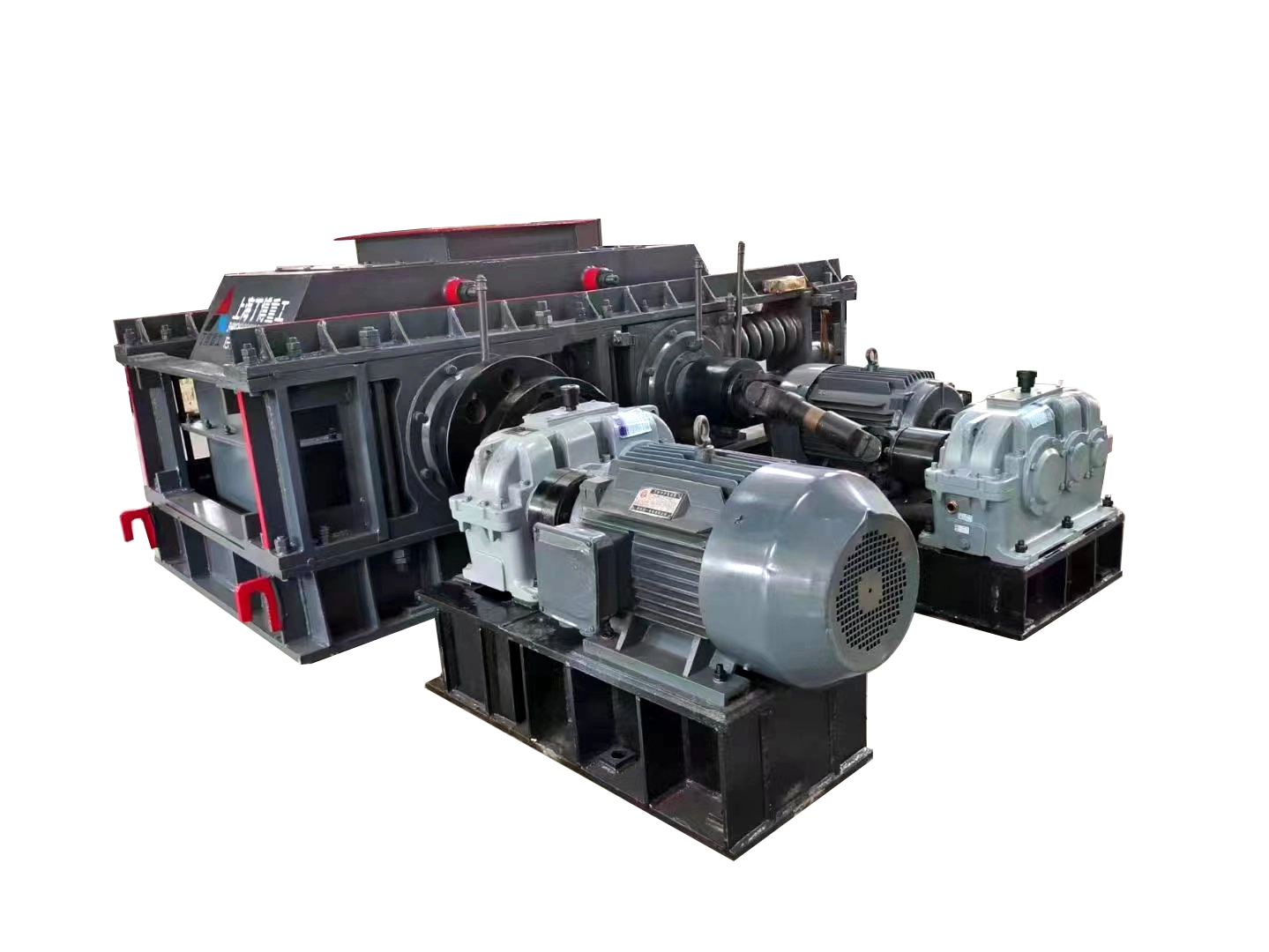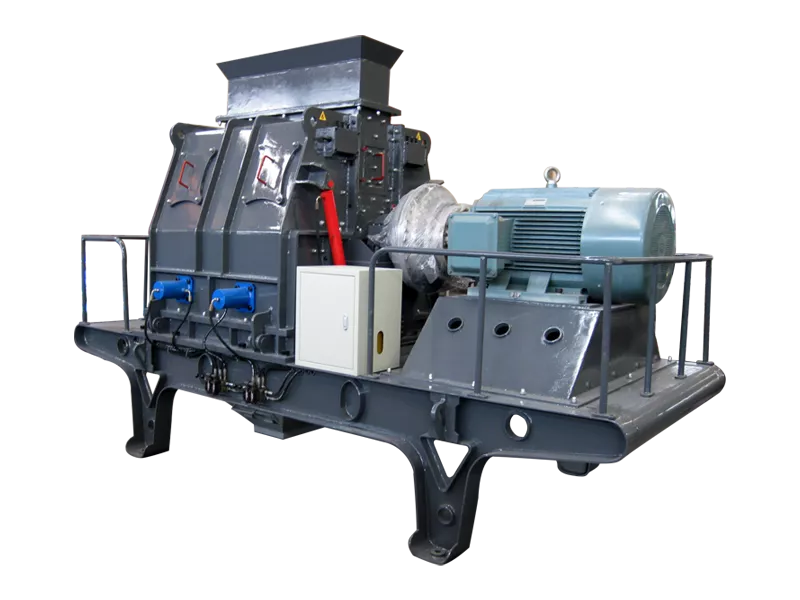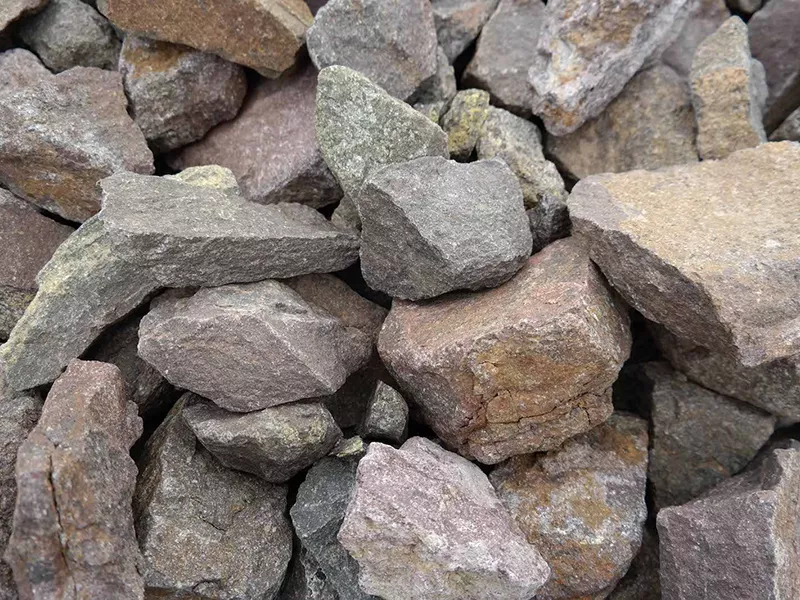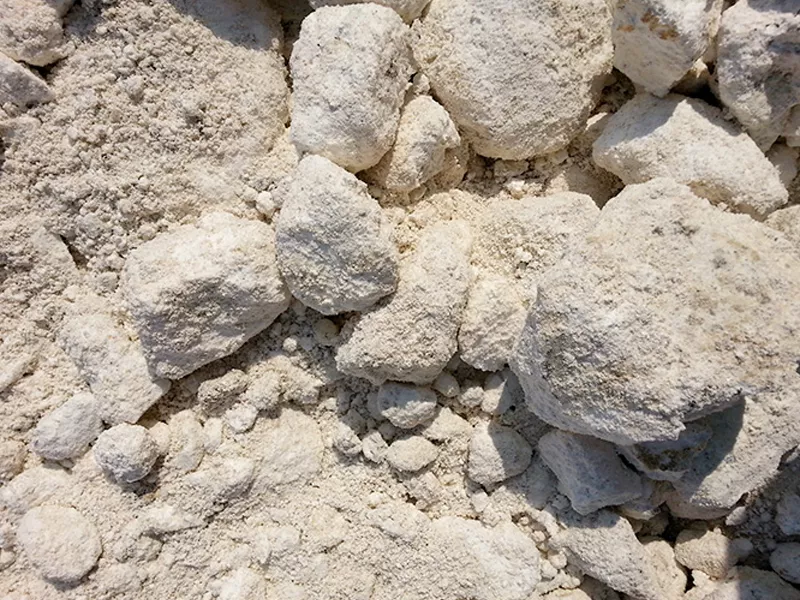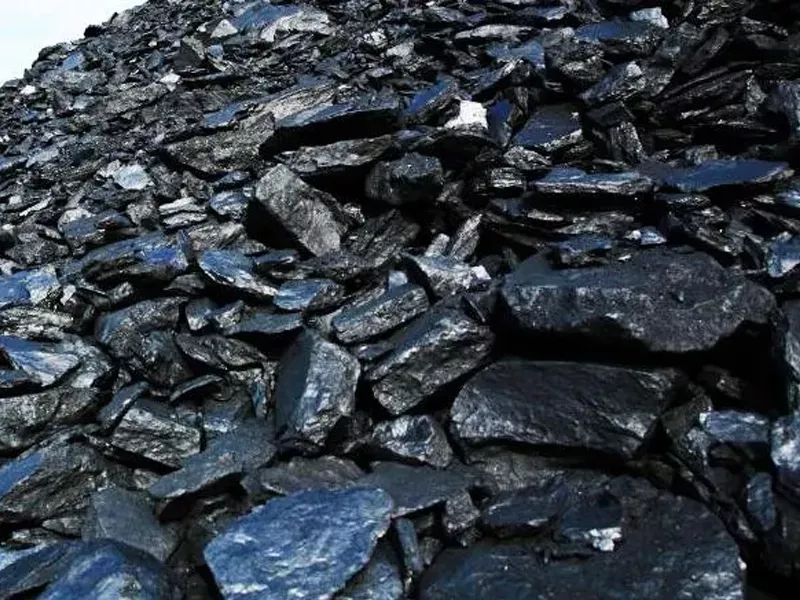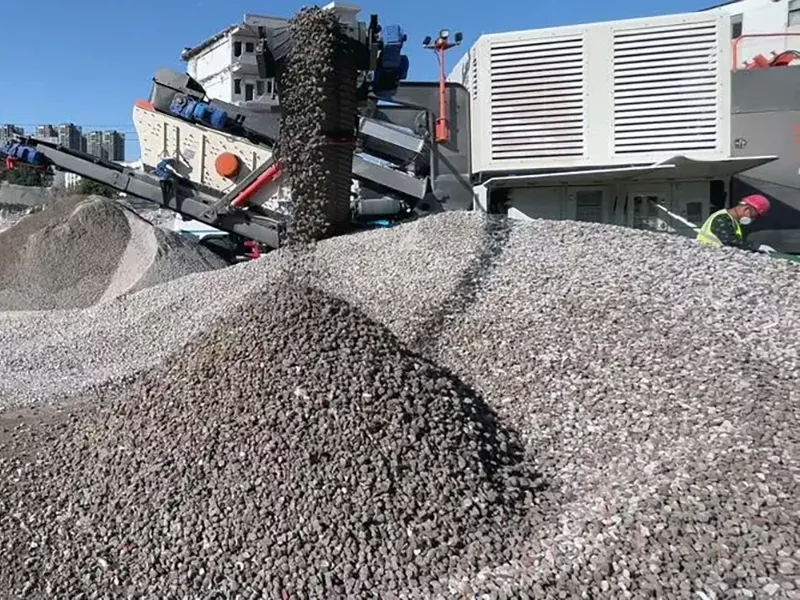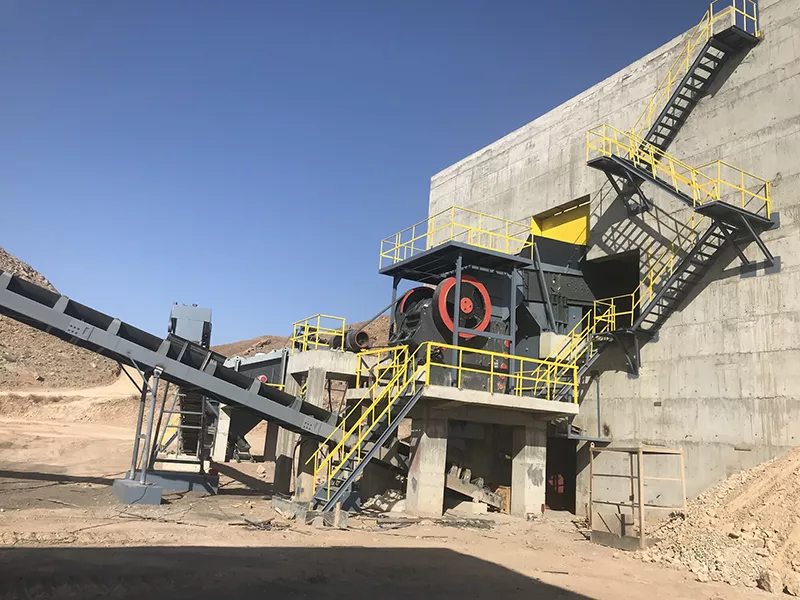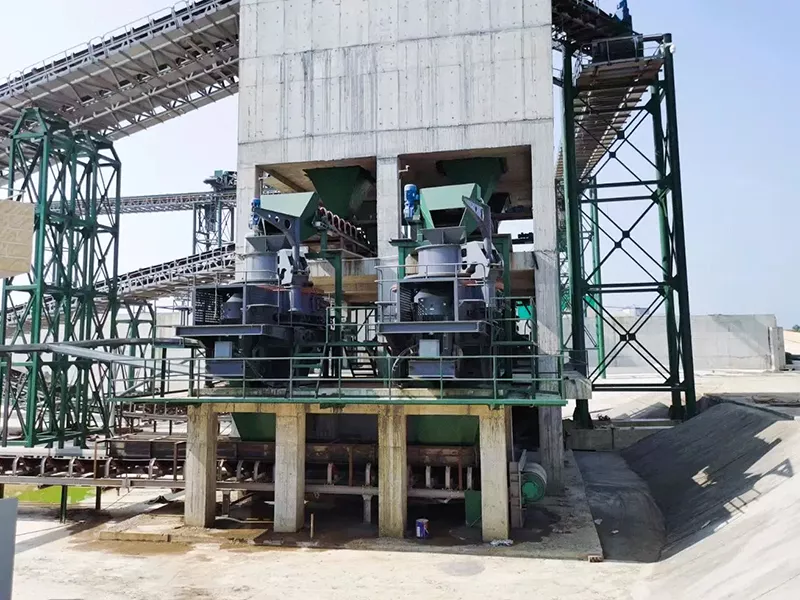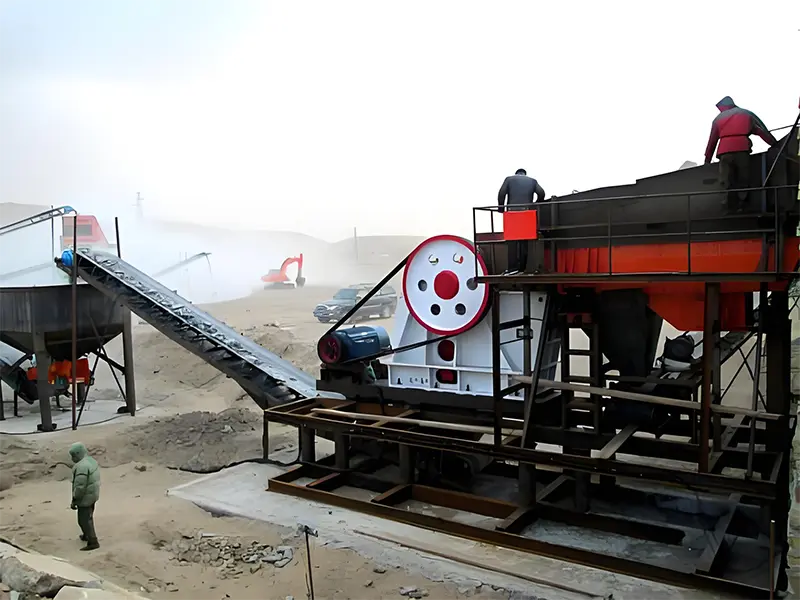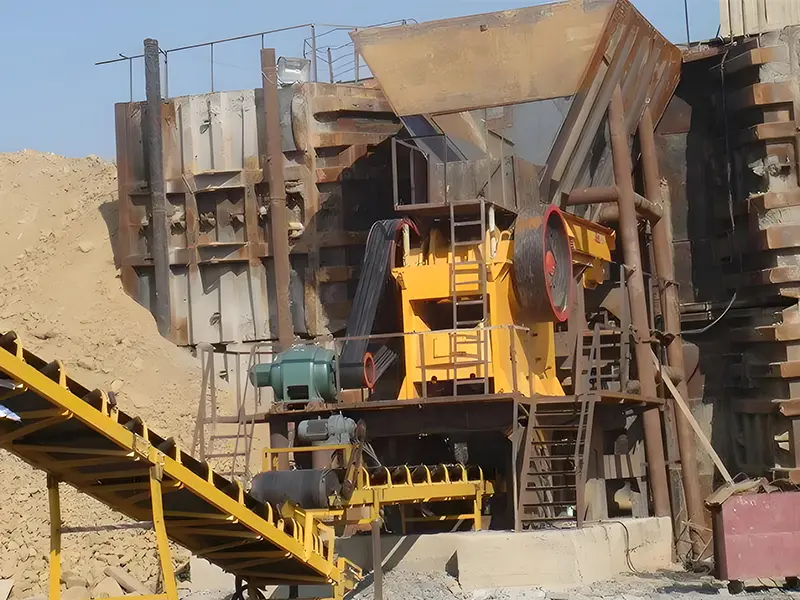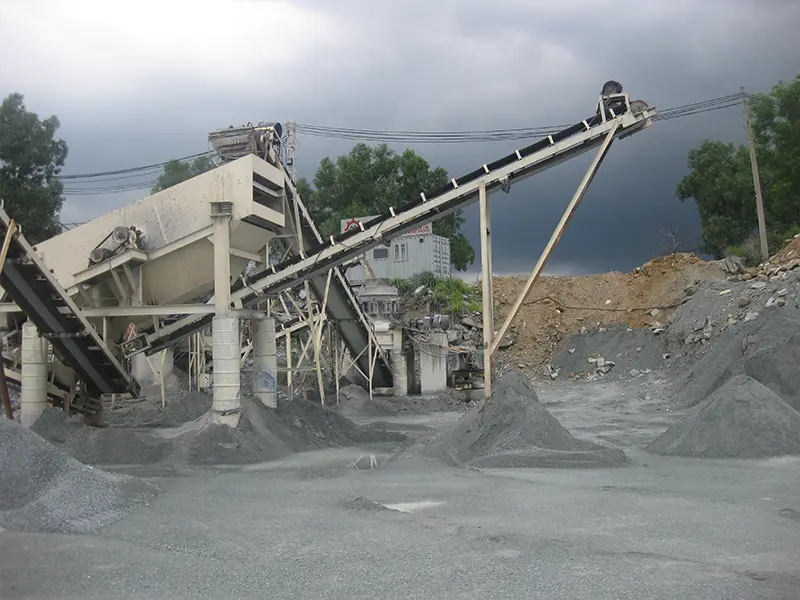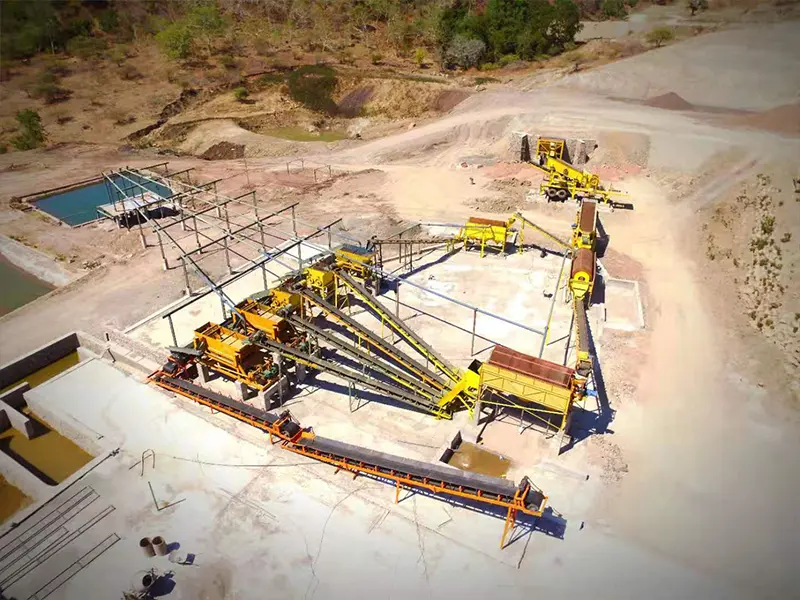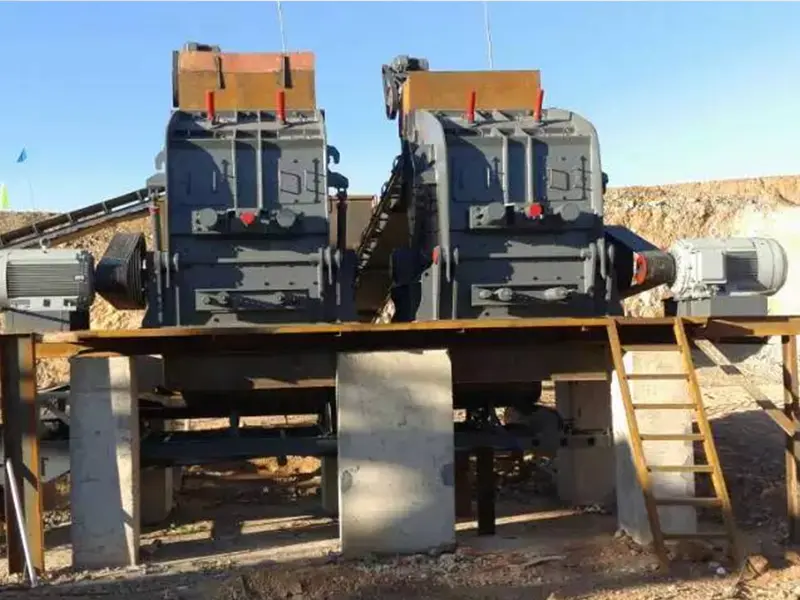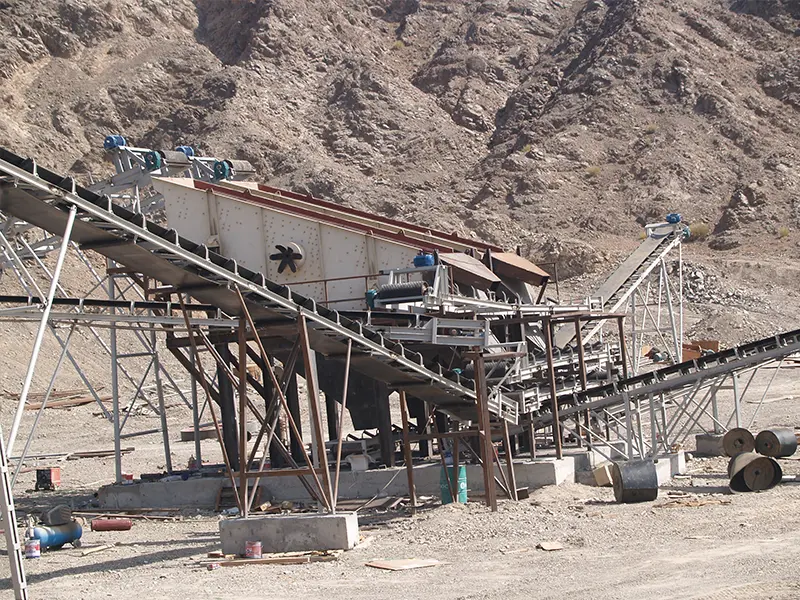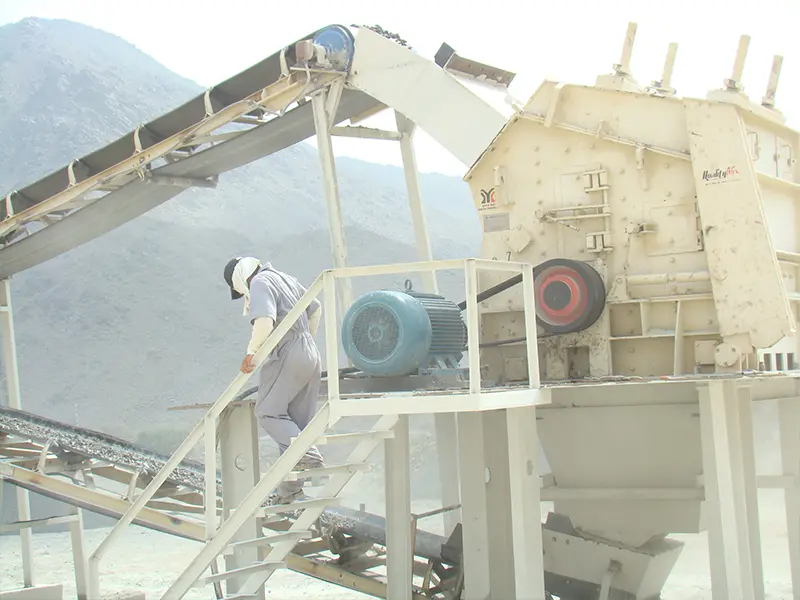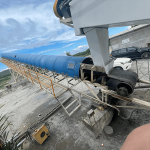
How should the main equipment be configured for a 500t/h limestone crushing production line?
2025年5月12日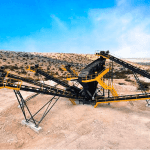
What are the advantages of a jaw-type mobile crusher?
2025年5月12日
How should the main equipment be configured for a 500t/h limestone crushing production line?
2025年5月12日
What are the advantages of a jaw-type mobile crusher?
2025年5月12日Blog
What is a ball mill?
Overview of Ball Mill
The ball mill is a long-established material grinding device with a history spanning over a century. Its primary function is to grind solid materials into fine particles, playing a crucial role across various industries. Ball mills are widely applied in sectors such as mineral processing, metallurgy, chemical engineering, cement, ceramics, construction, electric power, pharmaceuticals, and national defense. They are capable of efficiently processing a wide range of ores and other grindable materials in both dry and wet grinding modes.
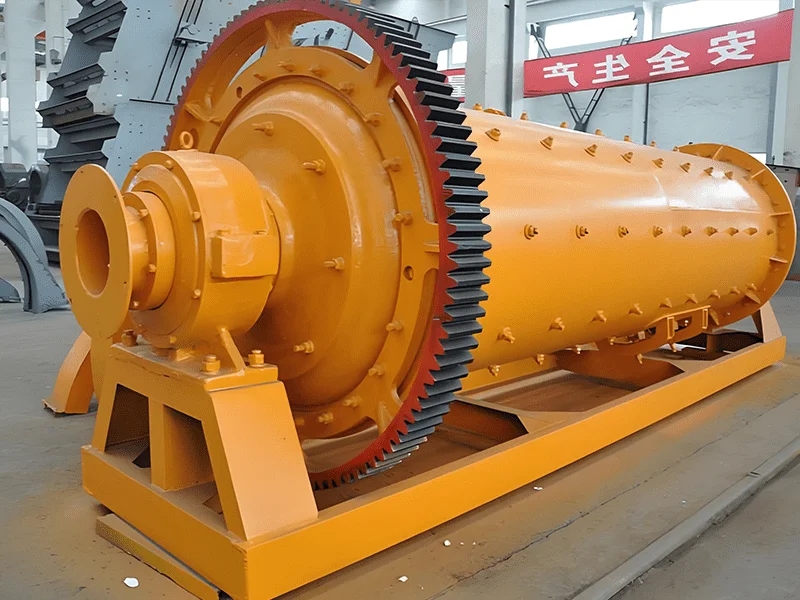
Types and Applications of Ball Mills
In mineral processing, the most commonly used types of ball mills are the grid type and the overflow type:
Overflow Ball Mill
Unlike the grid type, the overflow ball mill discharges materials passively. Materials stay in the drum for a longer grinding time, which can lead to overgrinding. As a result, the discharge particle size is relatively fine, generally smaller than 0.2 mm. This type of ball mill is more suitable for fine grinding and is often used in the regrinding stage of concentrate to improve grinding efficiency.
Grid Ball Mill
This type of ball mill uses forced discharge, so the grinding time of materials inside the drum is relatively short, producing coarser discharge particles, usually between 0.2–0.3 mm. It is more suitable for primary grinding operations and effectively completes the initial stage of material grinding.
Working Principle of Ball Mill
The working principle of a ball mill involves feeding materials into the drum through a hollow shaft. Driven by a motor, the drum rotates at a certain speed. During rotation, the materials interact with the grinding media (such as steel balls) inside the drum under the combined effects of gravity, centrifugal force, and friction. As the grinding media rise to a certain height along the drum wall, their weight overcomes the centrifugal force and they fall or roll down. During this process, gravitational potential energy is converted into kinetic energy, and the steel balls collide with the ores at a certain velocity to achieve grinding.
The operating behavior of a ball mill is closely related to its rotational speed, which determines three distinct operating modes: high-speed, normal-speed, and low-speed. These correspond to the states of centrifugal motion, throwing motion, and cascading motion, each producing different grinding effects and efficiencies. By adjusting the rotation speed, the grinding performance of the ball mill can be optimized to meet different material and processing requirements.
Recommend Equipment
Solutions
Company Case
Request a Quote


